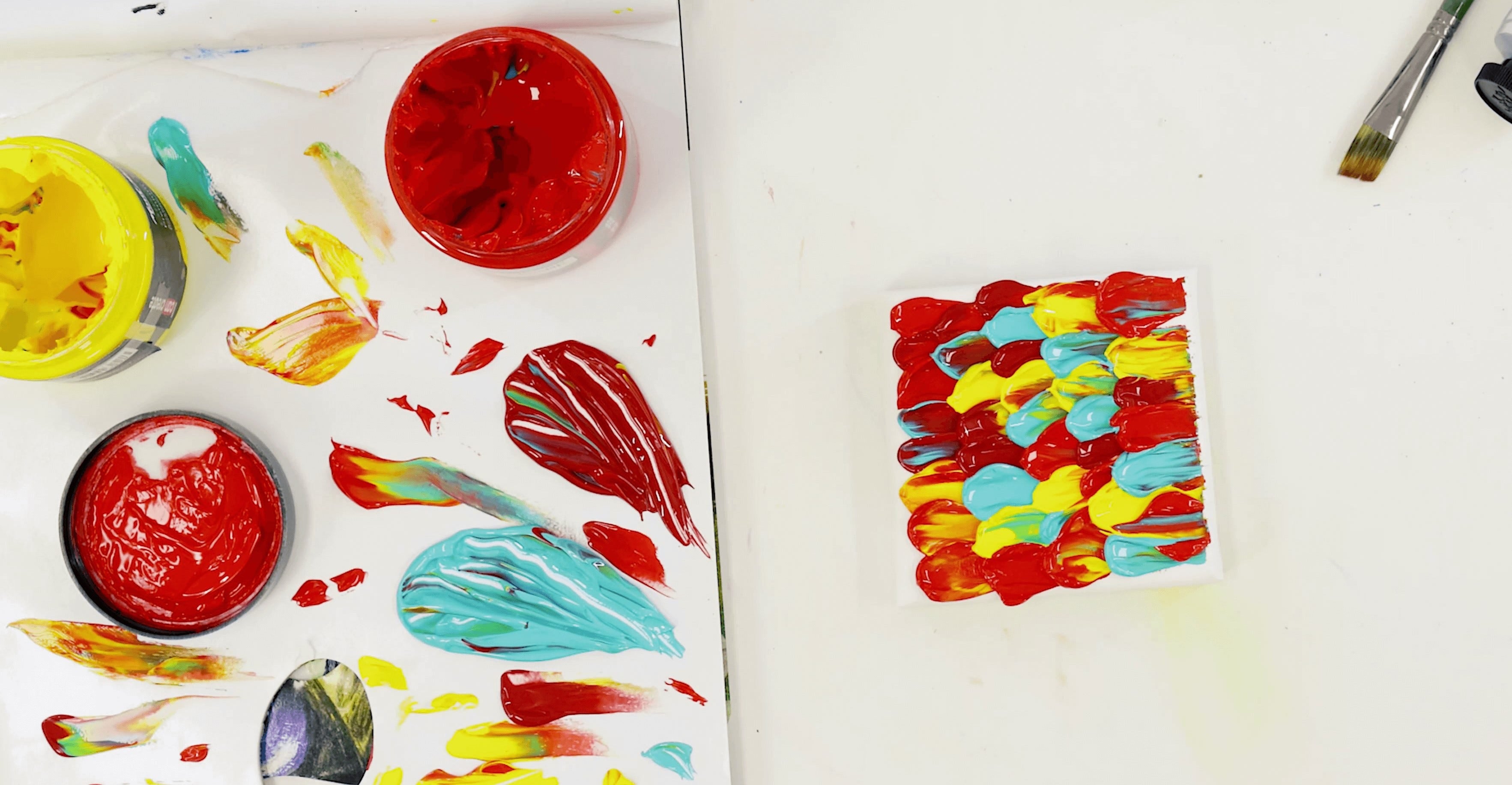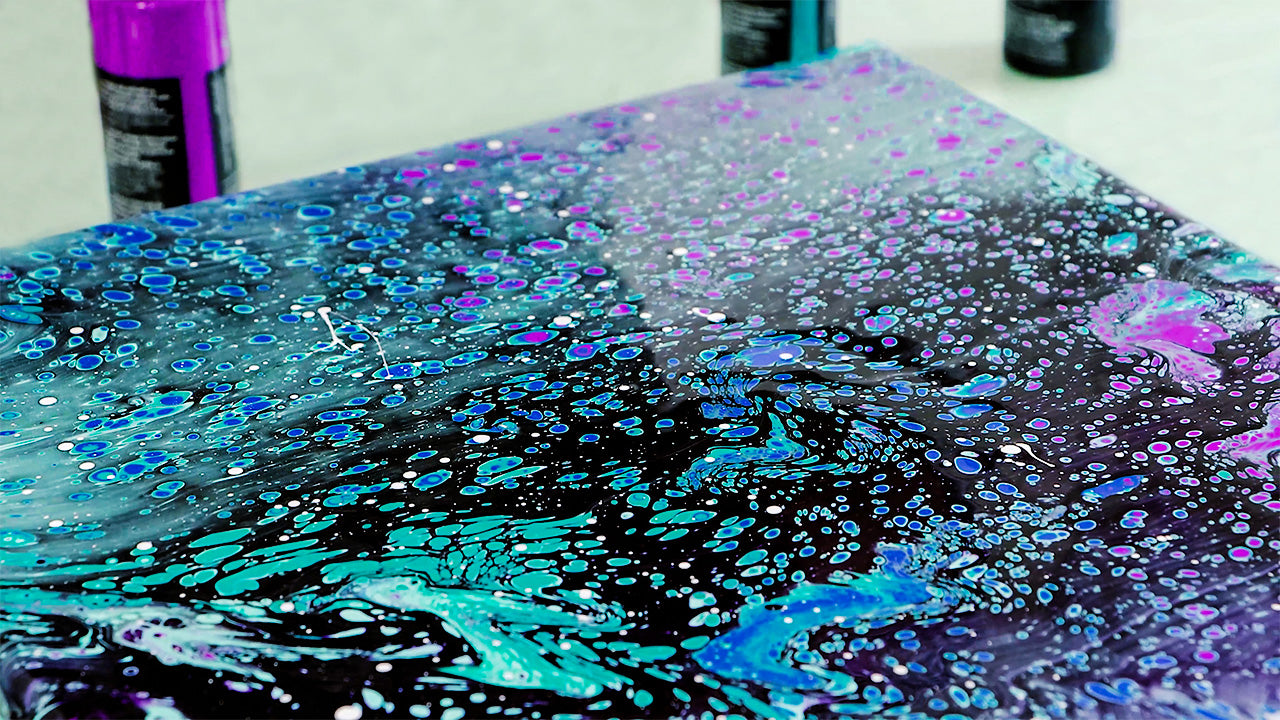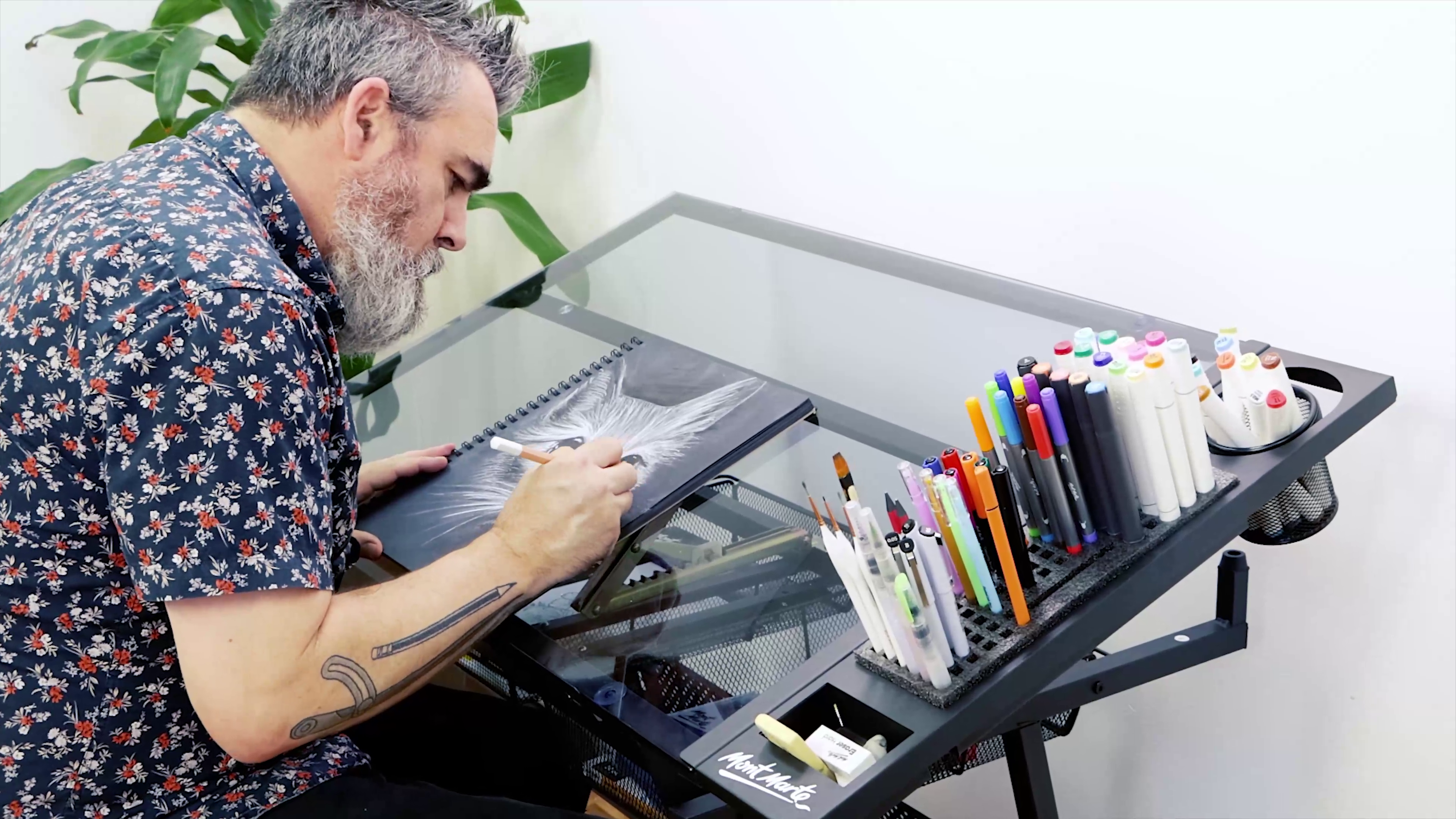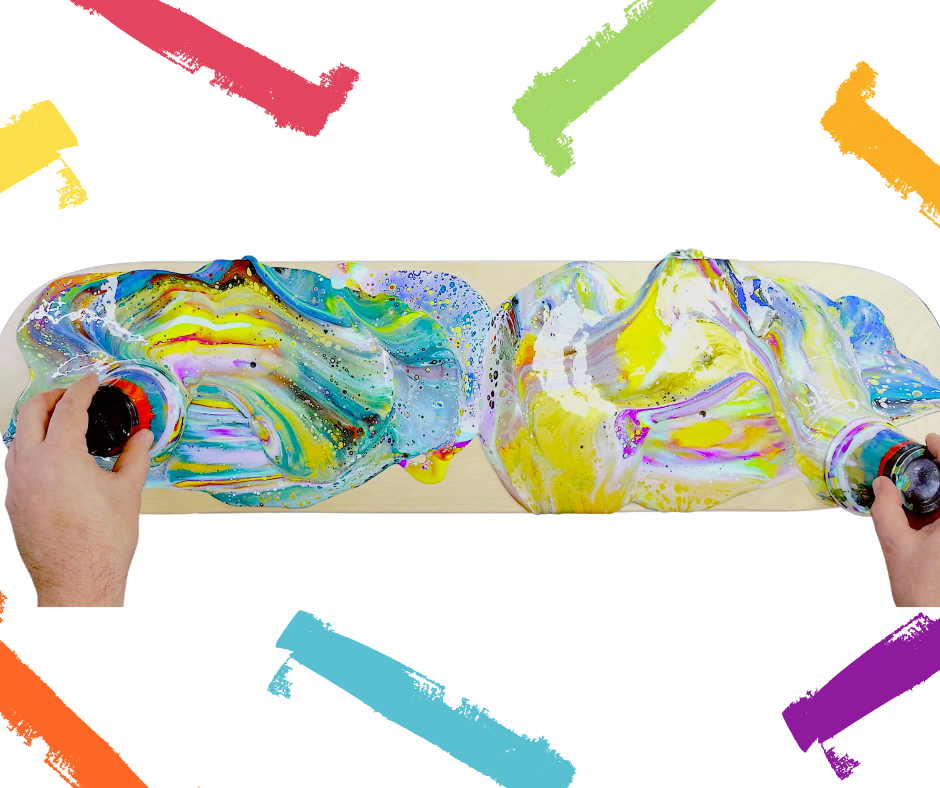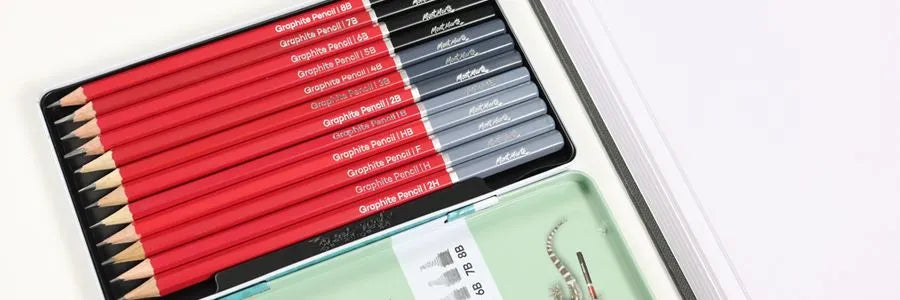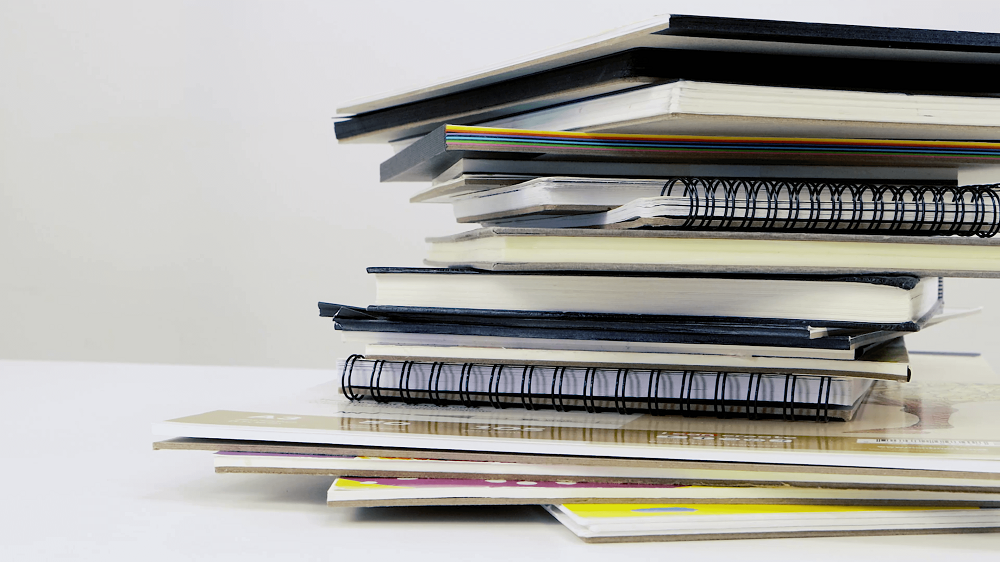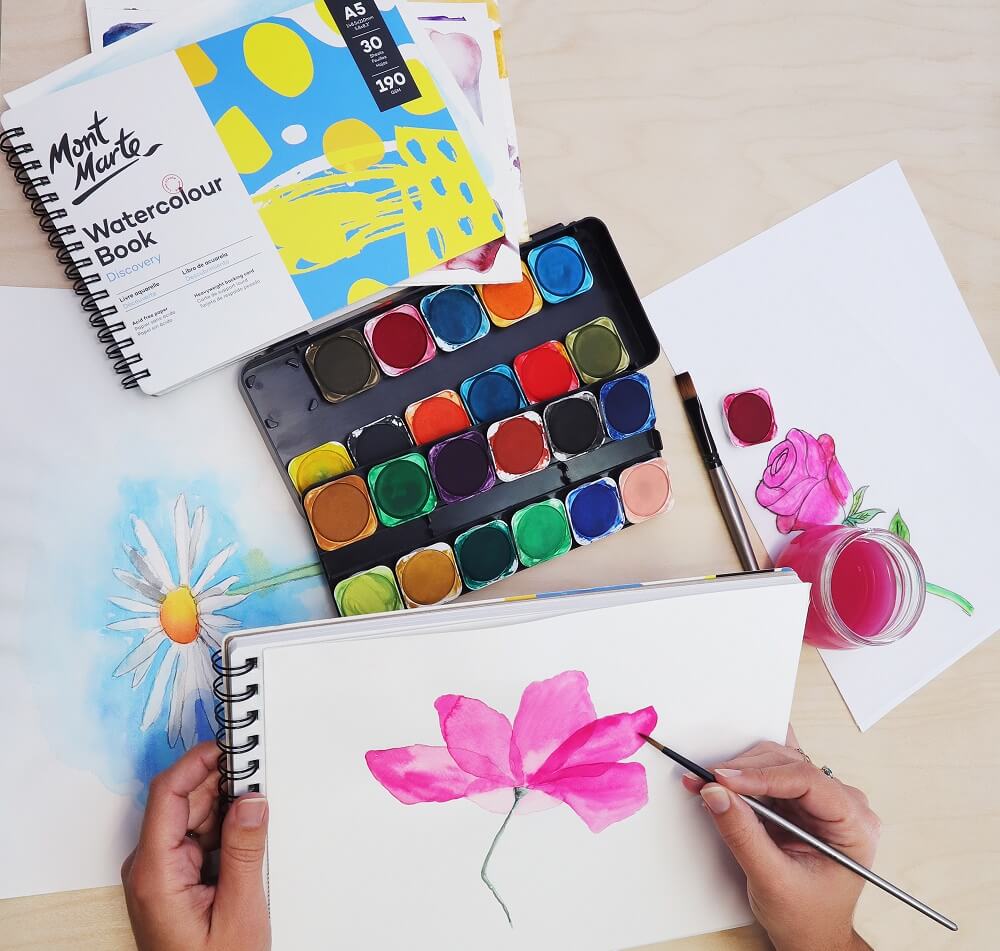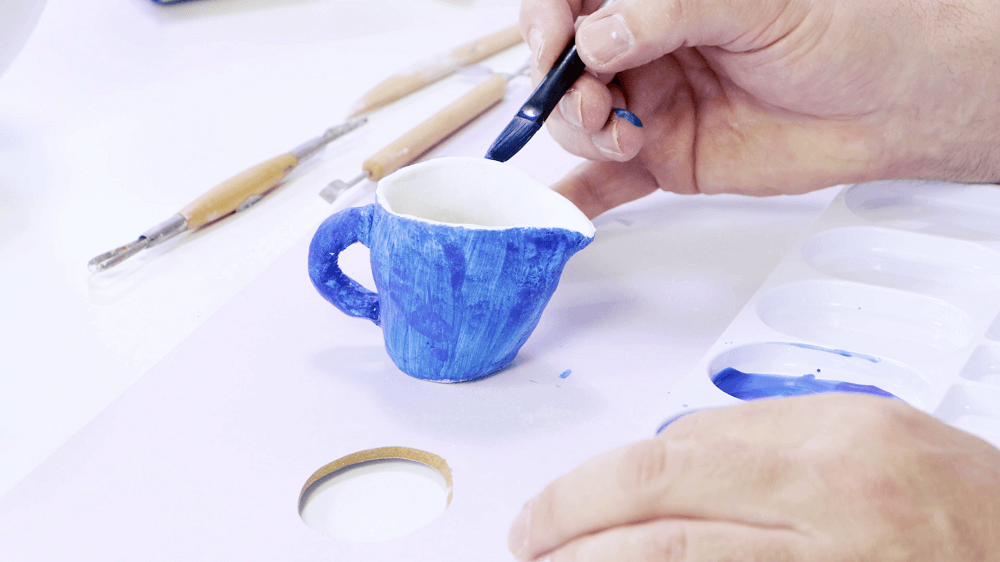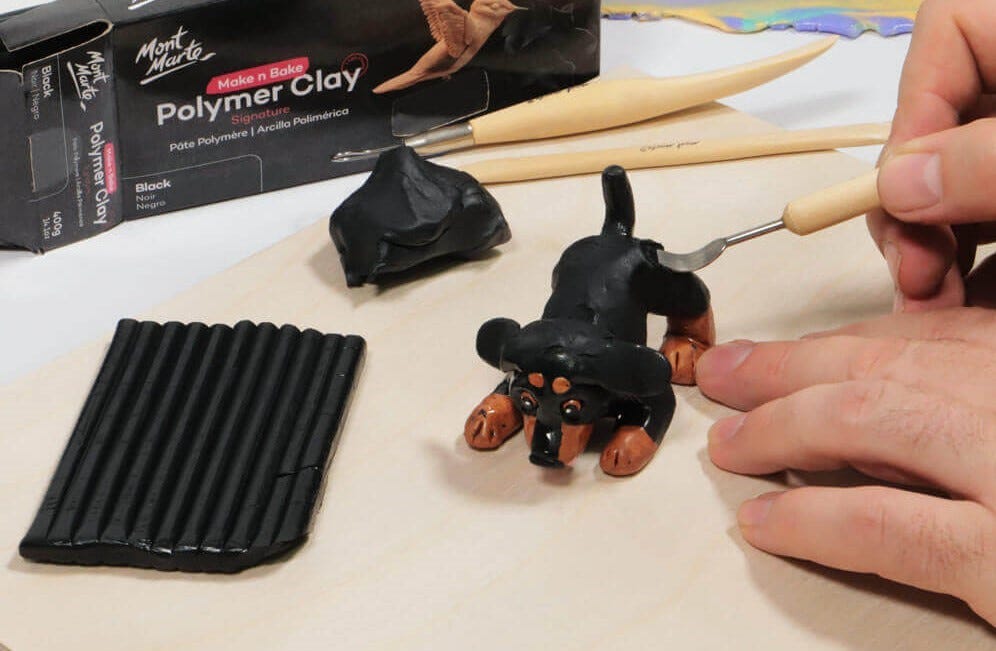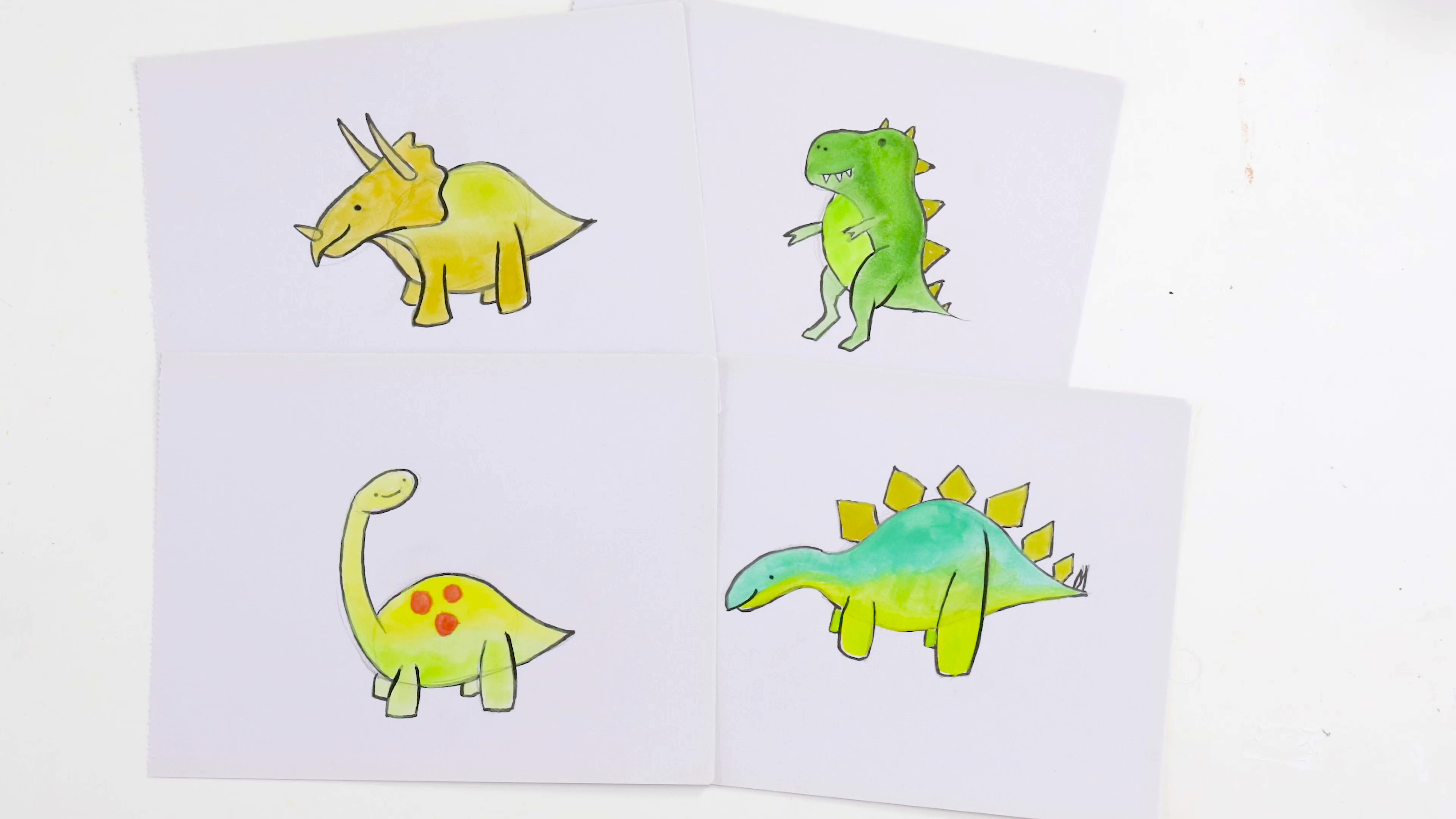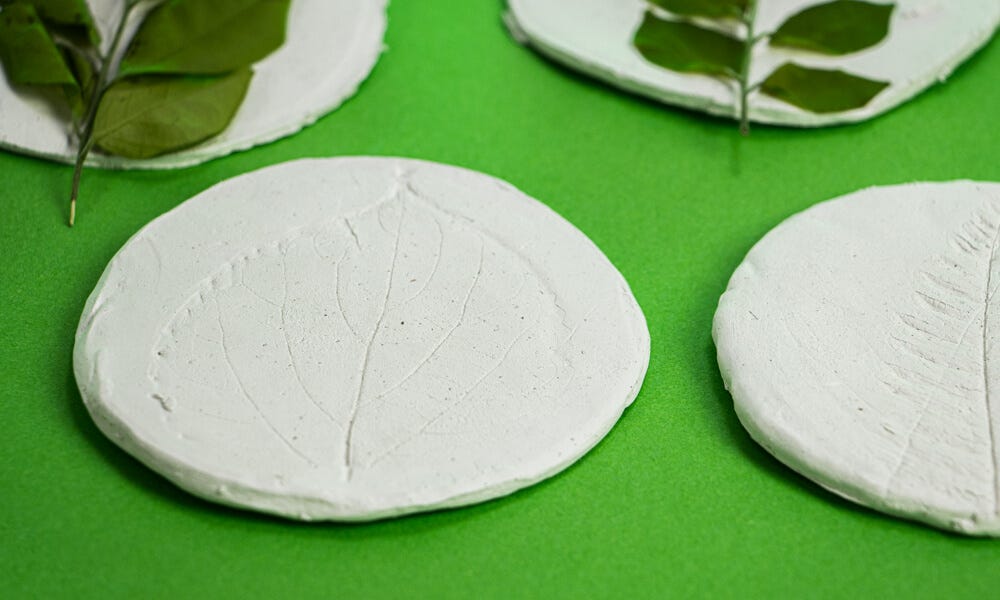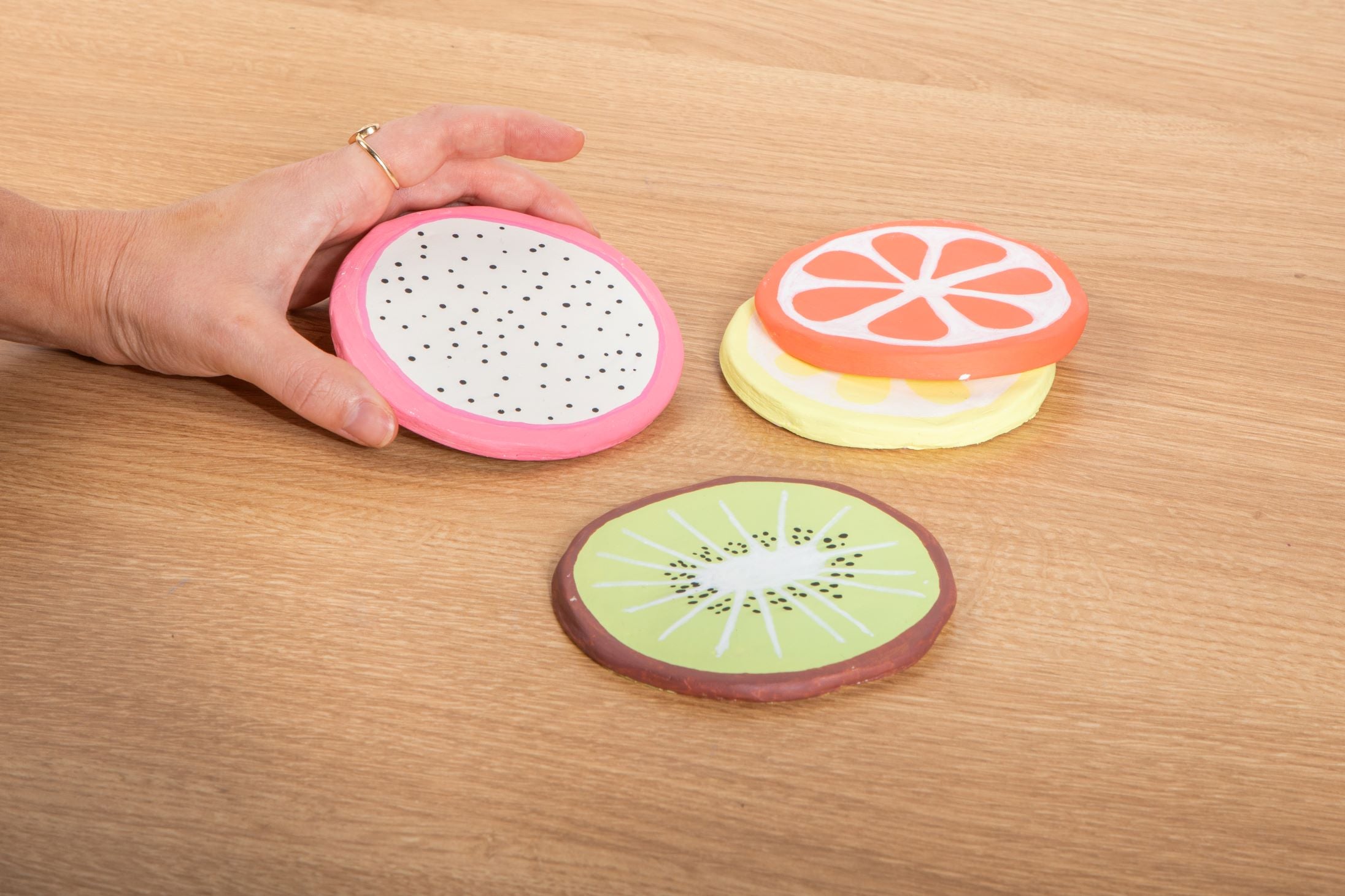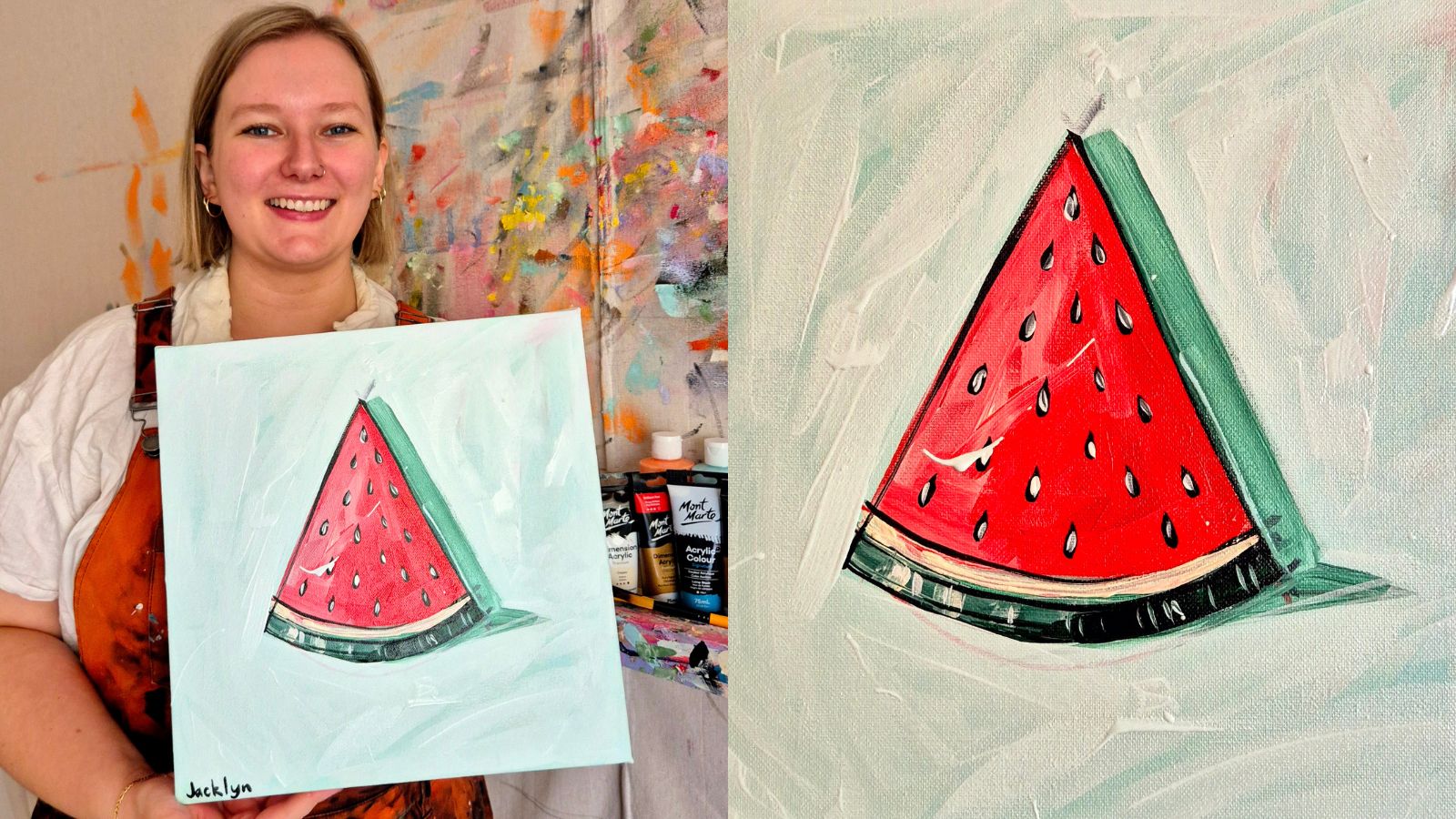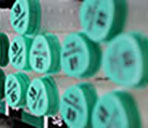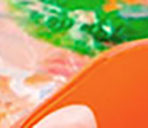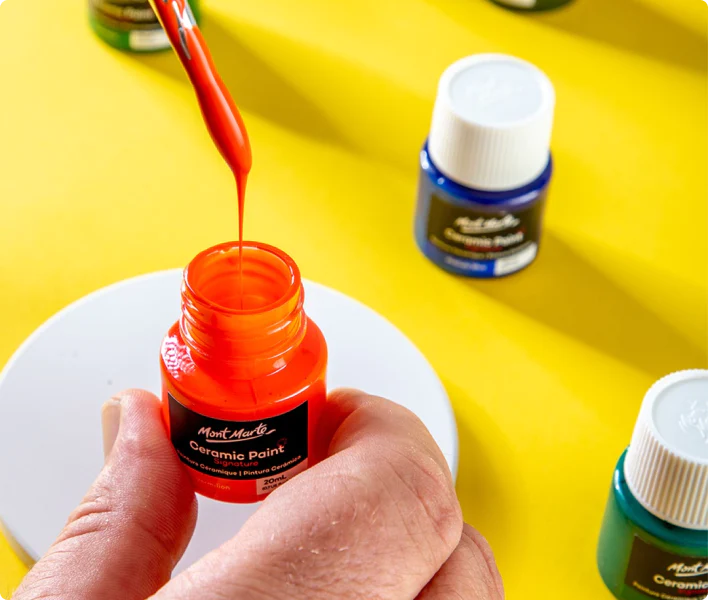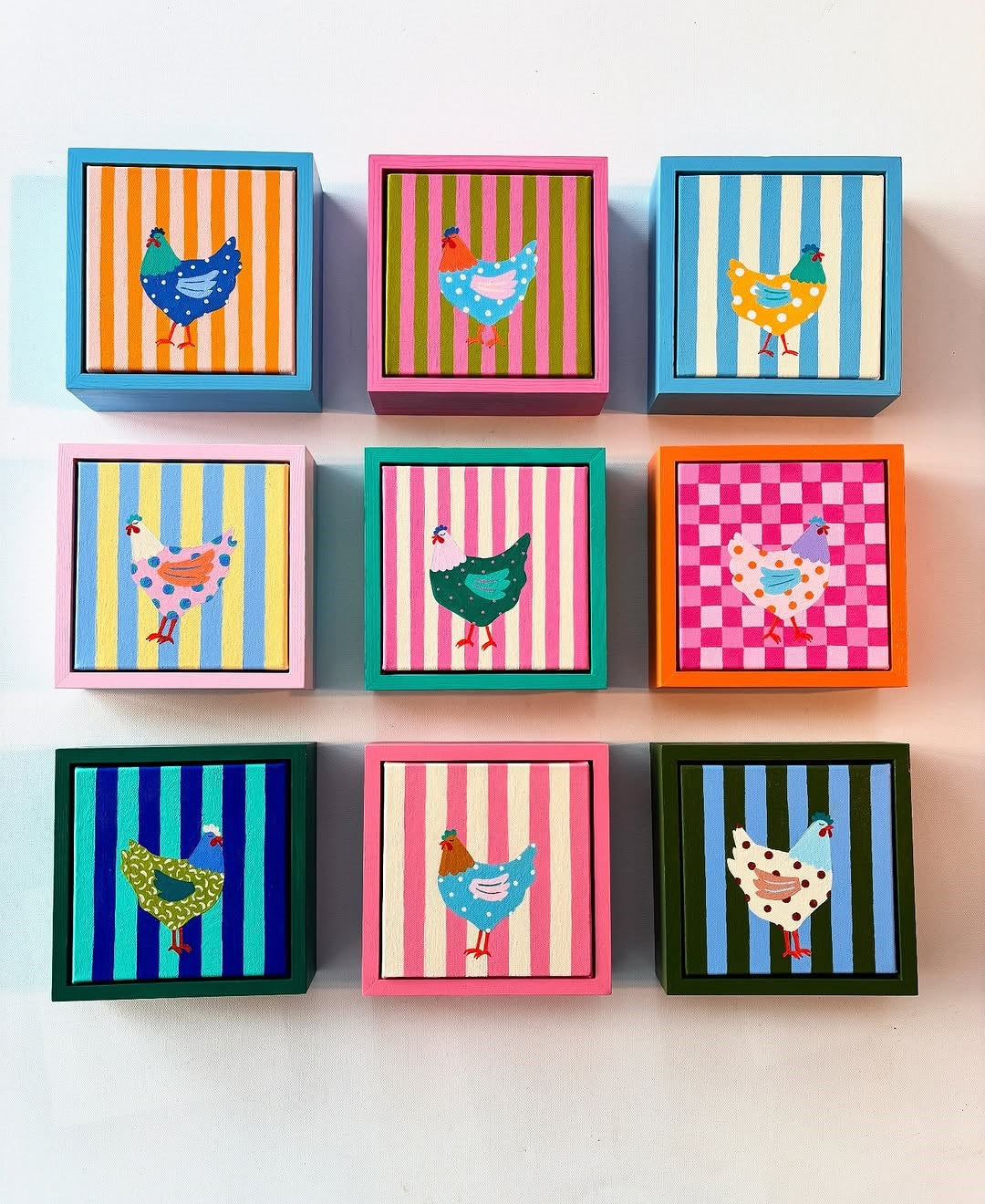Expand your skillset and explore pen techniques so you can create eye-catching artwork with just a few simple tools. Whether you’re sketching on paper, combining traditional and digital artwork, or experimenting with new styles, pens offer endless creative possibilities.
1. Pen shading
Shading in pen drawings comes down to how you build up strokes. Instead of blending, you can use different types of marks to create light and shadow.
How to do it:
- Cross-hatching: Layer crisscrossed lines to create depth. The more layers, the darker the area!
- Stippling: Use dots to build up shadows—closer dots for darker areas, more spaced-out dots for lighter shading.
- Scribble shading: Use overlapping loops or scribbles to add loose, organic texture and tonal values.
Try mixing these techniques to get different effects in your artwork. You may want to use stippling for a softer look, cross-hatching for strong contrast, and scribbles for an energetic, raw feel.
2. Negative space highlights
Instead of shading in your highlights, leave them completely blank! This creates a striking contrast and makes your drawings pop.
How to do it:
- Sketch your subject lightly in pencil first, marking out areas where the light hits
- Use pen to build up shading around those areas while keeping the highlights untouched
- You can create a soft glow effect around the highlights by using a gradient shading style
- This technique works well when sketching reflective surfaces like metal, glass, or even hair!
Negative space can make your work feel dramatic and high-impact – ideal for character designs, bold portraits, or graphic-style illustrations.
3. Contour line art for 3D effects
Contour lines follow the natural shape of an object, helping it look three-dimensional. This technique is useful for creating organic, flowing forms in a structured way.
How to do it:
- Instead of shading with hatching or scribbles, draw curved or wavy lines that wrap around the curvature of the shape
- Keep lines closer together where shadows would fall and space them out in highlighted areas
- Try this on faces, hands, or even abstract shapes to give them depth and dimension
Contour lines can make even simple drawings look dynamic and sculptural, so apply this technique for stylised portraits, objects, or even graffiti-style lettering.
4. Transparent drawing (like raindrops & glass)
Drawing things that aren’t completely opaque – like water droplets, glass, or smoke – can take your pen art to the next level. The trick is to suggest the material rather than fully outlining it by capturing how light moves through the shape!
- For raindrops and curved glass, outline the shape very lightly (or not at all in some areas)
- Use curved hatching inside the shape to create the illusion of refraction
- Add small highlights (left blank) along one side of the sketch
- Draw a slight shadow on the opposite side to make it look raised or emphasise the curve
This technique is great for making everyday objects look more realistic and adds subtle, eye-catching details to your drawings.
5. Pen outlines – bold vs. minimal
The way you approach outlines can completely change the impact of your drawing. Bold, graphic outlines create a striking, high-contrast look, while minimal outlines have a softer, more natural feel.
When to use bold outlines:
- Pop-art portraits: Thick, defined lines make the subject stand out, almost like a comic book or graphic novel
- Tattoo-style or street art designs: High-contrast shapes and sharp edges give a strong visual impact that last well over time
- High-contrast lighting: If your subject is lit dramatically, bold outlines help define strong shadows and highlights
When to use minimal outlines:
- Nature sketches: Leaves, trees, and organic forms often look more natural with soft contour shading instead of hard outlines
- Low-contrast lighting: If the lighting is diffused and soft, skipping heavy outlines can help keep the effect subtle, using shading to define your subject instead
- Painterly effects: If you want your drawing to resemble a painting or blend seamlessly with digital art, minimal outlines work well!
Try experimenting with both styles in the same drawing – using bold outlines for the main subject and softer lines for the background can create depth and focus for a visual narrative.
Pens are one of the most accessible and versatile tools for drawing. Create bold, striking illustrations or intricate, detailed sketches with just one pen, or add colour and varied linework with multiple!
To have a go at these techniques at home, stock up on:
🖊 Technical Drawing Pens & Graphic Fineliners – Great for precise linework, cross-hatching, and stippling.
🎨 Dual Tip Art Markers – Fine and broad end for smooth shading and detailed linework.
🖌 Acrylic Paint Pens – A great tool for adding stylised highlights or graphic elements.
🖍 Real Brush Pens – Fantastic for blending with fineliners to create unique, mixed-media effects.
Grab your materials, start sketching, and see where your creativity takes you! 🚀


